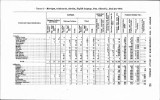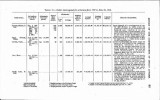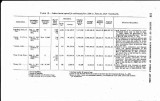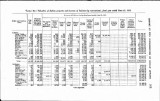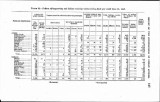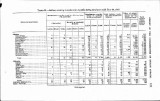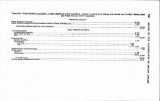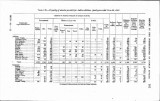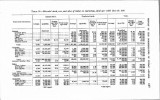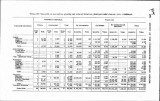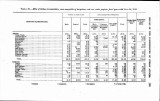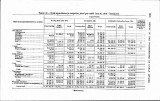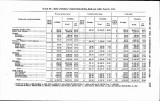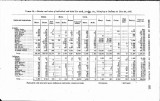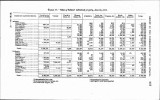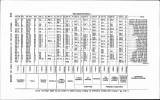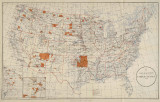| OCR Text |
Show There is at present no general method of procuring reimbursement for maintenance and operation expenses of the irrigation systems on the various reservations. On a majority of the reservations no pro-vision is made for the reimbursement of this expense. Conditions on many reservations at the present time are such that it is not advisable to require that individuals pay the maintenance and operation ex-penses; but the time is not far distant when this method must change, and the owners benefited must bear this expense rather than allow it to be borne by the entire tribe or by the Government. The total sum of $624,066.54 was expended during the year in the irrigation by the Indian Service of Indian lands, of which the follow-ing amounts were expended on nine of the largest projects: Yakima, $65,476.02; Fort Hall, $26,146.80; Uitah, $35,031.06; Fort Bel-knap, $20,313.58; Wind River, $31,236.65; Colorado River, $34,561.33; Fort Mojave, $34,978.47; Navajo and Moqui, $83,943.64, and Ganado, $13,420.86. HEALTH. In accordance with directions contained in the Indian approprie tion act approved August 24, 1912 (37 Stat. L., 519)i the Surgeon General of the Public Health Service detailed 13 officers of that service to make an investigation as to the prevalence of tuberculosis, trachoma, smallpox, and other contagious and infectious diseases arnong the Indians of the United States, assigning each to a separate school or re2ervation. This investigation began September 28, 1912, and was concluded December 30, 1912, covering the tribes of Indians in 25 States and involving the personal inspection of 39,231 Indians. Senate Document No. 1038, Sixty-second Congress, contains a com-plete report of the investigation as tfansmitted to Congress by the Secretary of the Treasury. .Comparative studies plainly show that the prevalence of tubercu-losis among Indians is greatly in excess of that among the white racel and the prevention of the ravages of this disease is the most important medical problem of the bureau. Repeated examinations with the Von Pirquet tuberculosis test have demonstrated that on many reservations tuberculosis infec-tion exists in as many as 90 per cent of the school children, and while this of course does not mean active cases, it does indicate the excessive incidence of the disease, much of which under favorable conditions may at some time become active. On account of the high incidence of tuberculosis in pup& of Indian schools the matter of health is one of paramount importance. The service sanatoria at Fort Lapwai, Idaho, Phoenix, Aria., and Laguna, N. Mex., have each completed a successful year. Their success has stimulated the office to add to their number, and accord- |






























































